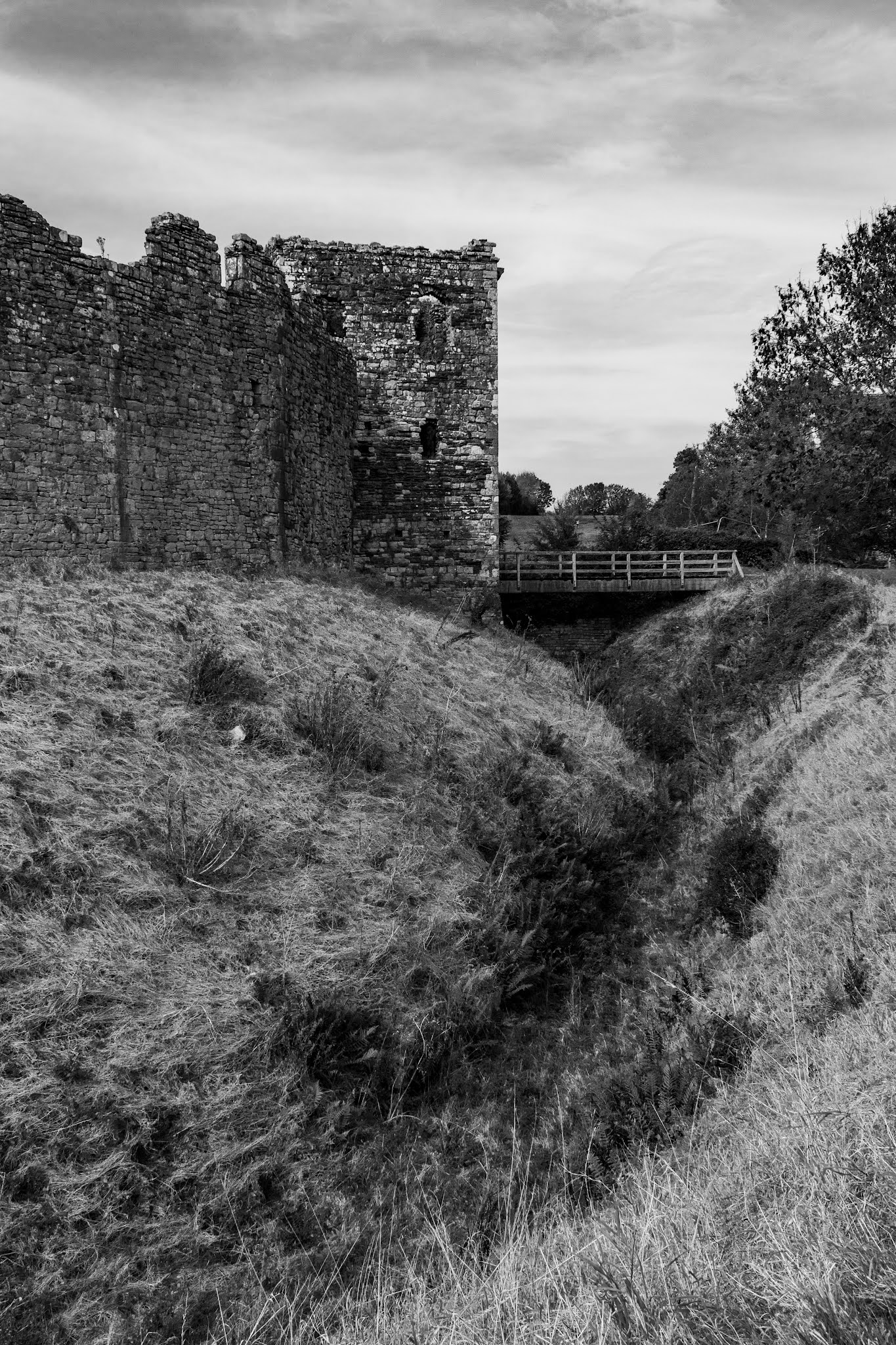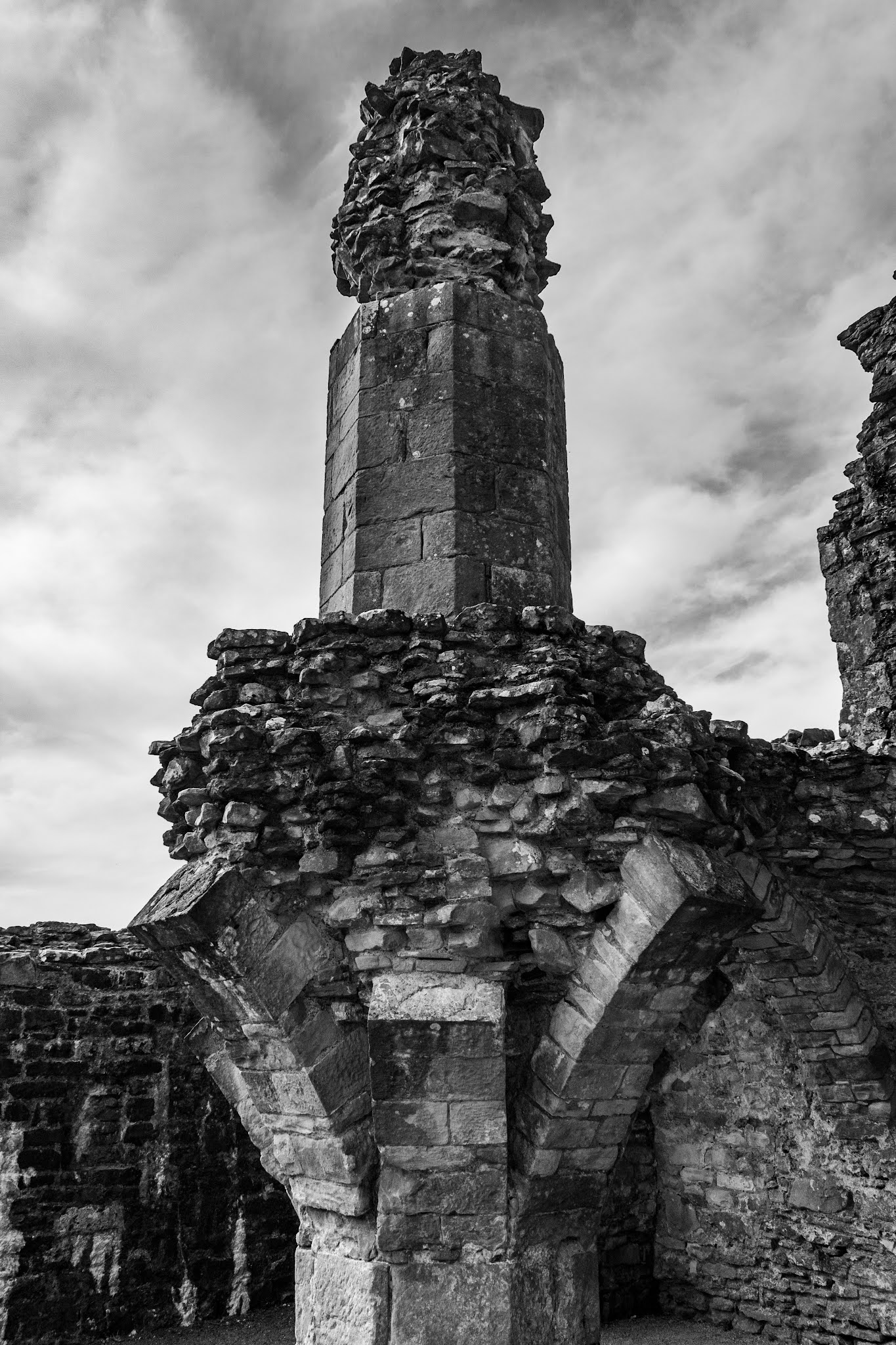Visit Date: September 2020
Coity castle was erected by the knight Payn de Turberville at the end of the 11th century during the penetration of south-eastern Wales by the Norman conquerors.
Payn de Turberville was one of twelve Knights (known as the Twelve Knights of Glamorgan) who had accompanied Robert Fitzhamon on his conquest of Glamorgan.
The Welsh ruler, Morgan ap Meurig (Morgan Son of Meurig), not being well enough to fight, offered to marry the Norman’s daughter. Payn accepted the offer and became Lord of Coity.
The castle was built in the form of an earth and timber ringwork fortification.
In around 1180, the castle was rebuilt from timber to stone by another heir of Coity, Gilbert de Turberville
In 1384 the lordship and the castle passed to Sir Lawrence Berkerolles.
He made substantial reinforcements to the castle which resisted the sieges during the Welsh rebellion of Owain Glyndŵr in 1404 and 1405 but in doing so took much damage.
From 1584 to the early 18th Century when it was still partly inhabited, it was owned by the Sydney family, however when Barbara Gamage married Sir Robert Sydney, Earl of Leicester they took up residence in England and the castle had fallen into ruin by the mid 18th Century
Visit Information:-
Google Reference
51.52204438045472, -3.5529992499369496
Google Search reference: Coity Castle
What Three Words reference : ///scars.share.spice
Additional information
This is a great ruin with plenty of room for visitors with a small carpark and also a playground outside.
Inside there is plenty of grounds for family picnics.
I have made a short "Photo Tour" on YouTube that can be found here:-
















